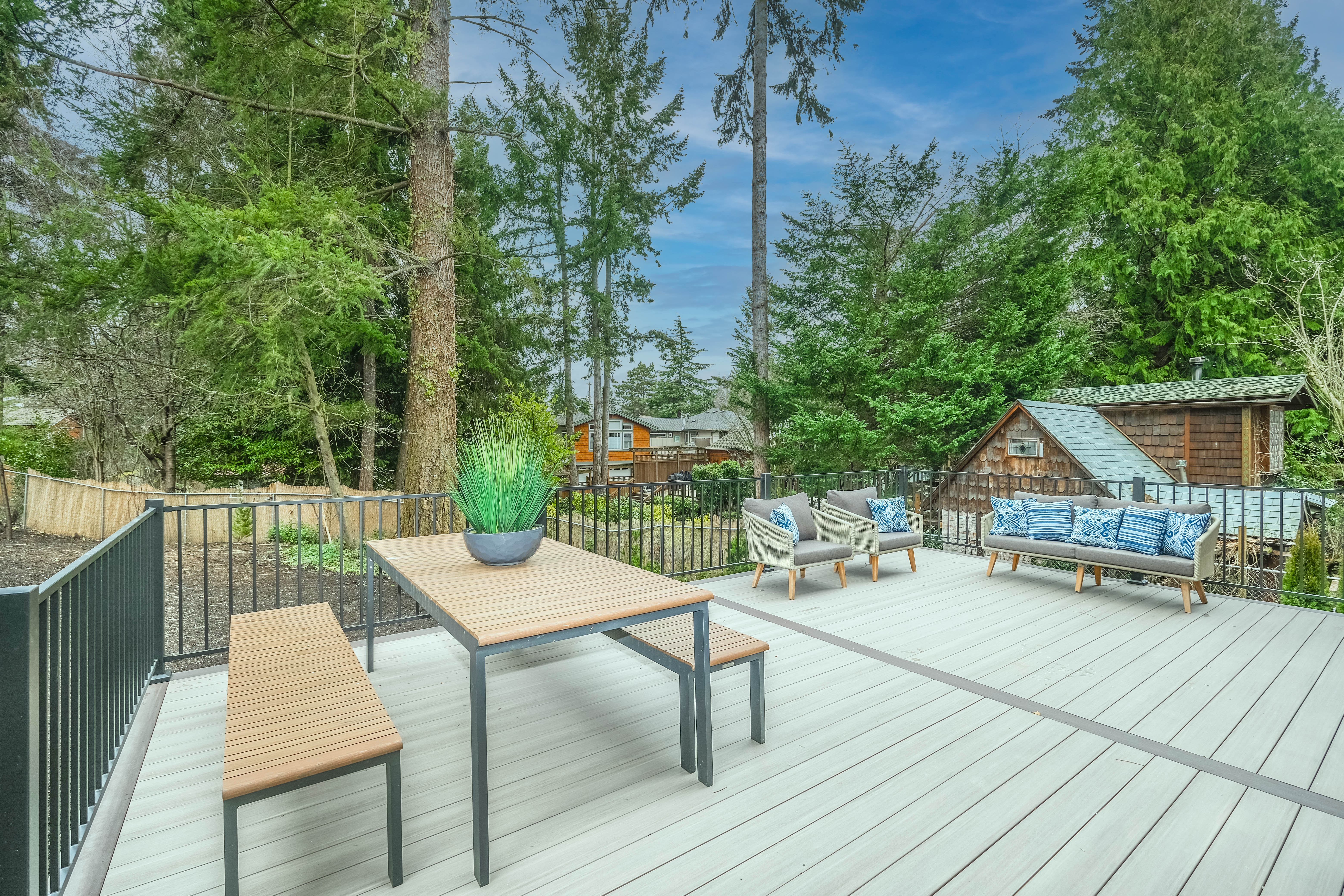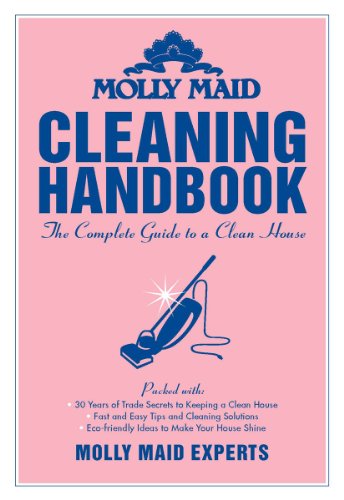
Deck Cleaning Dos and Don’ts
Decks and patios have become even more valuable during the pandemic. Studies show that being outside and socially distanced drastically lowers the risk of transmission. So, this summer entertaining outside is more important than ever and it all starts with a nice clean deck. Not sure where to start? Here are some tips:
DON’T use chlorine bleach
Chlorine bleach can alter the color of your deck or patio. Instead, mix ½ a cup of white vinegar or apple cider vinegar and ¼ cup of baking soda with 1 gallon of water. Non-toxic, this cleaning method is safe for both composite and wood decking,
DO a deep clean once a year
Sweep deck free of debris. Using a stiff bristle brush, wash the deck with the above cleaning solution to kill any mould or bacteria that may have built up over time. Rinse well with water from the garden hose.
DON’T use a wire brush
Using a wire brush to scrub stains off wood can be too harsh, scratching the natural grain. You shouldn’t use a wire brush on concrete or stone, either. In fact, wire brushes may be going the way of the dinosaur, skip even when cleaning BBQ grates.
DO be careful with power washing
Although pressure washing can have amazing results, you need to be careful. Too much pressure can damage wood and stone surfaces. It’s also a good idea to seal your wooden deck immediately after having it power washed.
DO seal your wooden deck every few years
Maintaining your wooden deck is the best way to keep it looking its best for as long as possible. Cleaning your deck and applying a fresh coat of sealant every spring will help keep the wood from weathering and cracking.
DON’T paint your deck
Painting your deck will require a lot of maintenance. It may look nice at first, but before long paint will begin to peel and look bad. It’s much better to use stain, which will fade over time and can be refreshed quickly with just one coat.
DO fix damages right away
Wood expands and contracts as it ages, allowing nails to come loose and boards to split. Replace loose nails and damaged boards as required. Small problems tend to become big problems over time, so try to fix things you see right away.

